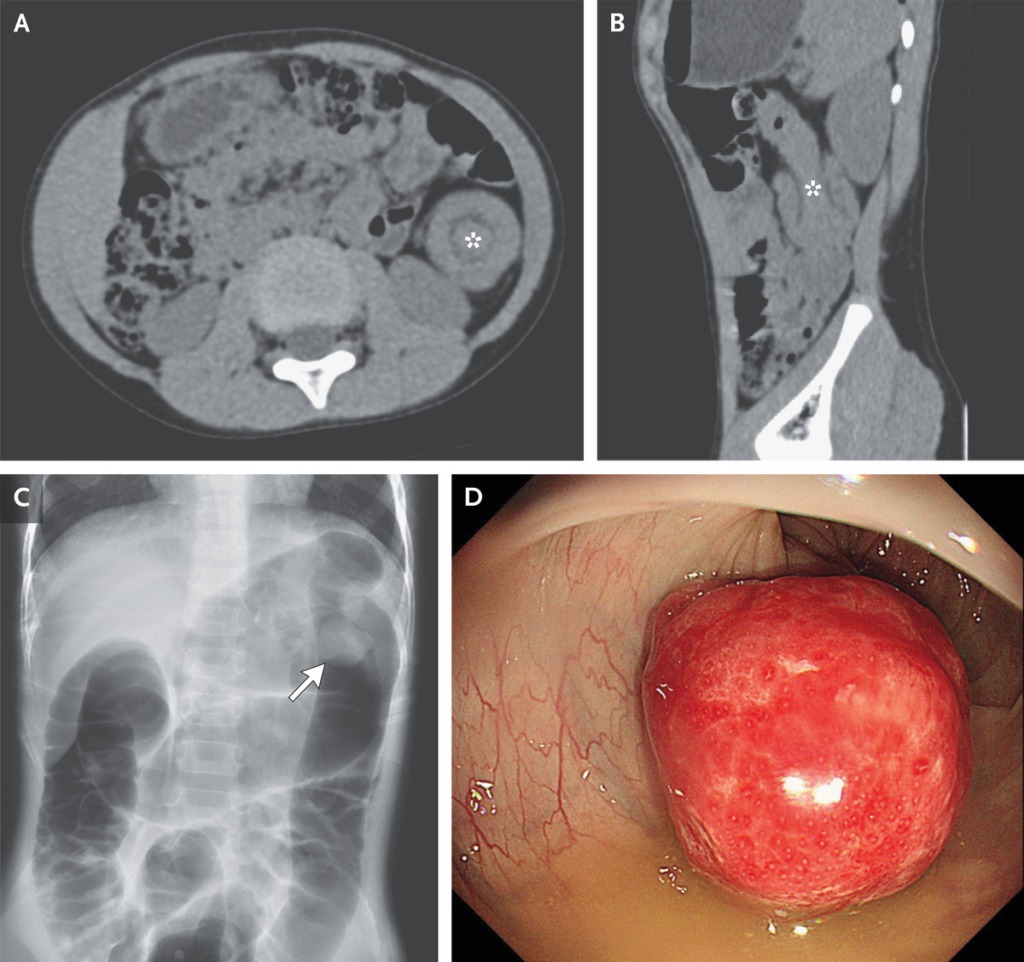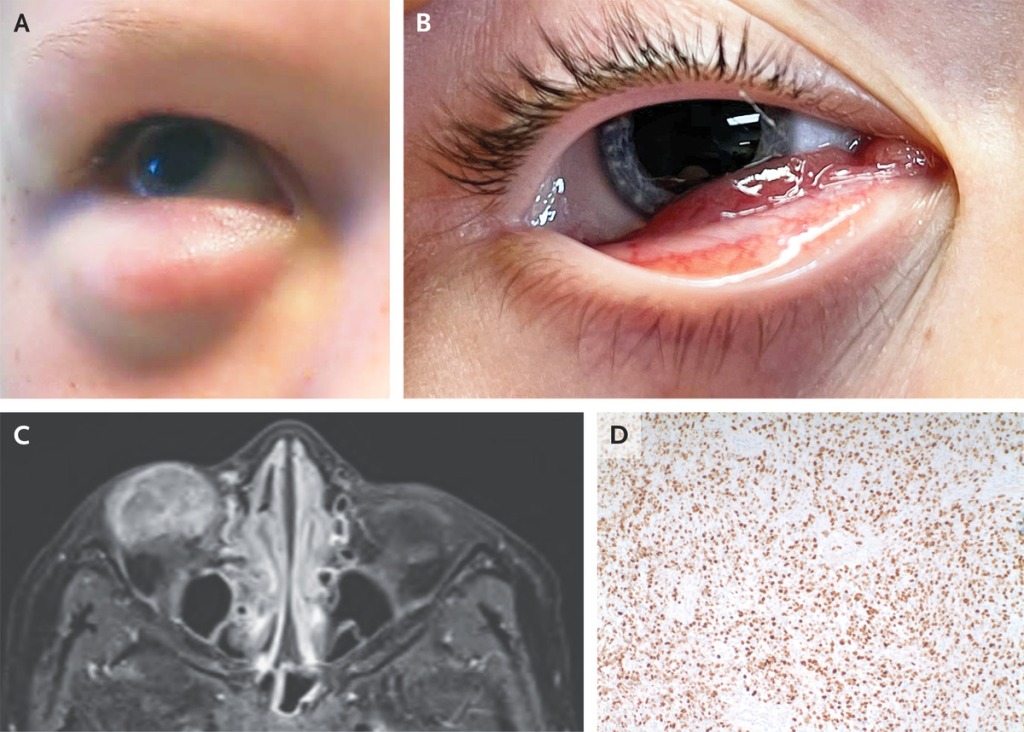
Have you been wondering what the deal is with those salt lamps? It’s not just the nice ambient light. Salt lamps actually help filter the air, removing dirt, pollen, bacteria, viruses, pet dander, mold spores, positive ions, and more. Right now, salt lamps seem to be all the rage within the natural health community. Users report a dramatic change in the quality of air in their home, leading to many health benefits.
Reported Health Benefits of Himalayan Salt Lamps Include:
- Improves difficulty with breathing
- Reduces allergy symptoms
- Less stress due to a calming and soothing effect
- Better cognitive function, ablility to concentrate
- Less fatigue when working for long periods around other electronics
- Fewer headaches and migraines
- Reduced symptoms from many autoimmune diseases like rheumatism and arthritis.
- Skin is healthier, more supple
- Insomnia is relieved (though those who suffer from insomnia may not do well with the light on at night; reviews are mixed on this issue)
- Fresher air that smells better and feels better to breathe
- A better overall sense of health and wellbeing
See for yourself. If you typically sit and work at a computer for your job, this will be easy. Put a salt lamp on your desk next to you for a day and compare the difference. Anyone who is in tune with their body will be able to feel it easily, but understanding why this happens is a bit more complicated, but very illuminating (pun intended).
Positive and Negative Ions
An ion is a molecule that, through environmental influences, has lost or gained an electron. The names seem a little backward from our perspective. Positive ions have a negative effect on us while negative ions have a positive effect. Positive ions are usually carbon dioxide molecules that have been stripped of an electron. Negative ions are usually oxygen molecules that have gained an electron. Negative and positive ions are drawn to each other. They bind to neutralize.
Positive ions are created by electrical equipment: clothes dryers, computers, hair dryers, vacuum cleaners, microwaves, televisions, electric stoves, wireless networks, etc. They are also created by pollution. City air is filled with positive ions.
When you sit beside a waterfall or stand on the beach near the ocean, you breathe in air that just seems to fill you with energy. This is the effect of negative ions.
Negative ions are abundant in nature, especially in forests, near the ocean, and near waterfalls. They are created by the movement of water, by sunlight, and by the Earth’s radiation. When you sit beside a waterfall or stand on the beach near the ocean, you breathe in air that just seems to fill you with energy. This is the effect of negative ions.
Incidentally, old growth forests produce many more ions than young forests.
The trouble is, with our lives predominantly spent in offices, houses, and cars, we’re blocking out nature’s negative ions while we produce positive ions that bombard our bodies virtually every minute of every day.
EMFs, like daylight, and blue and white lights, depress the conversion of serotonin to melatonin, and melatonin is what the body needs for quality sleep.
The Positive Health Benefits of Negative Ions
This is what most sellers of salt lamps focus on.
Bacteria, mold, and yeast flourish in a positive ion environment. Many allergens and other air pollutants are positively charged, and the positive ions themselves are believed to have a detrimental effect on our health as well. Research is really just getting started in this area, and it is a source of much debate and contention. A this point, we do know that at least there are serious health issues with some people when exposed to EMFs.
Inside our homes and offices, there’s a huge buildup of excess positive ions. This is why we have static electricity inside buildings.
Negative ions will “detoxify” the air. The negative ions attach to the positively charged particles in large numbers, causing mold spores, pollen, pet dander, cigarette smoke, bacteria, viruses, odors, dust, and other hazardous airborne particles to become too heavy to stay airborne. But negative ions by themselves seem to provide health benefits as well. This surfeit of negative ions has long been associated with improvements in mood and physical health. It’s still early, but research conducted in the last decade is now starting to show that negative ions have a net positive effect on our health (aside from the aforementioned benefits of neutralizing the air). Ideally, we should be spending most of our time in nature not only to get away from positive ions, but to immerse ourselves in negative ions.
One of the most tantalizing hints regarding negative ions and health surfaced when German researchers discovered a link between catecholamine regulation and lifespan after depriving experimental animals of negative ions. First, researchers at the Goldstein and Lewin Dept. of Medical Research in Stahnsdorf, Germany isolated mice and rats in air-tight, sealed acrylic cases. Next, they filtered the ambient air to remove all negative ions from the sealed cases. Their research led to the discovery that a prolonged deficiency of negative ions led to an accelerated rate of death for the experimental animals. Examination of the animals led researchers to conclude that the results ‘…strongly suggest that animal death is related to disturbances in neurohormonal regulation and pituitary insufficiency.’” – NutritionReview.org
Outdoor conditions away from the city have an average ratio of 40% positive ions to 60% negative ions. Inside our homes and offices, there’s a huge buildup of excess positive ions. This is why we have static electricity inside buildings. Rub your feet on carpet and touch a doorknob and you might get a shock, but you won’t be able to repeat this process out in a forest.
Common building materials that contribute to electrostatic buildup include carpets, vinyl, plastics, drapes made with synthetic materials, wallpaper, paints, varnishes, dimmer switches, poorly wired homes (not up to current code), smart meters, and much more. Fluorescent lighting is a huge source of EMFs. Forcing people to work or attend school under this fluorescent lighting was one of the worst ideas of the 20th century. Most of our buildings also have poor ventilation and low humidity which allows static energy to build up. As if that wasn’t enough, the ductwork, copy machines, printers, computers, and other devices that ground will actually ground off the beneficial negative ions, leaving a greater number of positive ions.
Bacteria, mold and yeast flourish in a positive ion environment. Ductwork, copy machines, computers and other devices ground off negative ions resulting in a greater number of positive ions. The grounding off of negative ions in HVAC systems contributes to bacteria and mold growth in the air distribution network. Frequent cleaning of ductwork and sanitizing it with a non-toxic citric cleanser can eliminate a predisposition to ‘sick building syndrome,’ but will not solve negative ion depletion.” – Richard Crowther
How Do Salt Lamps Generate Negative Ions?
Salt attracts moisture. The small amount of heat given off by the light bulb inside of the block of salt creates heat, evaporating the moisture. This evaporation action, as previously mentioned, will reduce the amount of positive ions in the room, which in turn increases the amount of negative ions, and many also believe the evaporation process itself also creates additional negative ions. There’s some debate on this issue. Salt lamps may not actually literally generate negative ions themselves. Regardless, we do know for sure that they do reduce the amount of positive ions in the air, increasing the ratio of negative to positive ions by way of attracting positively charged water molecules and exhausting neutral vapor into the air.
When a negative ion comes in contact with a positive ion they neutralize one another. Negative ions attach themselves to the positively charged molecules floating in the air and the molecules become too heavy to remain airborne. And as they fall, they take the airborne allergens and toxins with them, as mentioned in an earlier paragraph.
If salt lamps produce negative ions, even a very large salt lamp will only produce them in a small radius. But as mentioned, after some time, the room will be full of negative ions. A negative ion generator would produce far more negative ions in the room more quickly. On the other hand, ionizers are more expensive, they aren’t as pretty to look at. Salt lamps definitely do remove positive ions, and salt lamps offer other benefits, too. While the ions are what most people who sell salt lamps have been focusing on lately, consider negative ions from salt lamps as an added benefit. They have much more to offer.
Salt, Water Vapor Attraction, and Evaporation
Water vapor is in the air we breathe. Indoor humidity carries a positive charge. Airborne pathogens (bacteria, viruses, mold, fungus, etc.) and other irritants and toxins use the airborne water molecules (humidity, vapor) to travel onto our skin and into our lungs.
Salt is hygroscopic, which means that it attracts and holds water molecules from the surrounding environment. The bigger the block of salt, the more water vapor it attracts, carrying with it the airborne contaminants. When the salt is heated, more vapor is attracted to the salt lamp, and the water is then dispersed back. Particles are left stuck to the salt lamp. The pathogens die while the heat from the light bulb causes the water to evaporate back into the air.
The ambient air surrounding a salt lamp is measurably cleaner by the transformation cycle of hydrogen and oxygen, as well as sodium and chloride ions. This characteristic is especially helpful for relieving the symptoms associated with asthma and allergies in general.
The range for the wattage of bulb that should be used is pretty wide, but large salt lamps need more wattage to produce desired results but too much wattage will retard the lamp’s ability to absorb the water from the air.
Every week or so turn off your salt lamp, let it cool off for an hour, and wipe the lamp with a barely damp cloth.
Electromagnetic Oscillation
An electromagnetic field surrounds the Earth. All life on this planet depends on this electromagnetic field of vibration. This field is known as the Schumann resonance frequency. The frequency of this electromagnetic field resonates at 7.83 Hz (cycles) per second. We also know that our brains (and we believe our entire body and all other mammals) operate on this frequency.
In its neutral state, a salt crystal exhibits the very same frequency oscillation value, just under 8 Hz. EMFs caused by electronic devices have very diverse, chaotic frequency values. As mentioned above, we now know that these frequencies disturb our natural electric field, which upsets the natural development of our cells, unbalances our hormones, disrupts our natural sleep rhythm, and promotes illness. We are electrical beings, and the wrong electrical energy surrounding us robs our bodies of energy we use to live.
The atomic structure of salt is neutral. It is believed that salt lamps are a natural amplifier of frequencies around 7 to 10 Hz and can neutralize those harmful, chaotic, electromagnetic wavelengths caused by electronic devices.
Himalayan Salt Lamp Color Therapy
The light emitted from a salt lamp may not strike most people as a substantial health benefit, but light color has huge effect on our lives!
The Healing Effect of Light Colors on our Body and Mind:
- Pink – Supports loving emotions, trust, compassion.
- Brown – Supports emotional balance and emotional clarity, a “grounded” feeling.
- Orange – Facilitates a feeling of security, beneficial to our nervous system, and helps to activate the kidneys and bladder.
- Yellow – Encourages mental comprehension, and activates the pancreas, liver, and gall bladder.
- Red – Strengthens the heart and blood circulation, contributes to a feeling of alertness.
- Blue – Raises energy levels, suppresses melatonin, boosts mental clarity, and elevates mood.
- White – This is balanced light which includes all of the other colors. White light has a cleansing and detoxifying effect on the body.
Consider our sunsets and sunrises and the different colors that come out of the sky. It makes perfect sense that we react to colors the way we do.
While we recommend LED lights over fluorescent lights for health reasons, it should be know that LED lights emit a blue light. It looks very white to most, and some bulbs look whiter than others, but it’s still a blue light to our body, which is great for daytime, but should be totally avoided as the sun goes down. This blue light from our computers, TVs, cell phones, and other electronics, inhibit the release of melatonin, which causes sleep disturbances and leads to other hormonal imbalances.
Salt lamps don’t emit blue light. The soft pink, brown, and/or orange light of a Himalayan salt lamp is soothing. The specific oscillation values of salt crystal lamps depend upon the crystalline color structure of the salt.
Some people choose to sleep with the lamp on. Some lamps have dimmers, but dimmer switches may put out enough EMFs to counteract the lamp’s effects when the lamp is turned down low. Some people say it helps to leave the light on while sleeping, but while it certainly is not as disruptive as some of the other light spectrums, no light is usually considered best for facilitating deep sleep.
It does make sense to use the light of a salt lamp before and after bedtime. If you want to leave the lamp on all night, but don’t want to see the light, try this: When you’re just about to go to sleep, move the lamp behind something and drape some dark fabric on the lamp, like a hand towel.
Where and How To Use Himalayan Salt Lamps
To receive the maximum benefit from salt lamps, position them close to you in places you frequent. For instance, if you work at a desk, put one on your desk, closer to you than your computer and other electronic devices. If possible, place one in every room.
If your lamp will be turned off for a long period of time, wrap it well in plastic, sealing out humidity.
Remember the salt attracts moisture and the light bulb evaporates that moisture. If the light is not turned on for several hours a day, it will become wet, enough to cause a puddle. If your lamp will be turned off for a long period of time, wrap it well in plastic, sealing out humidity.
As mentioned previously, it’s a good idea to unplug the lamp once a week to let it cool off, and wipe it off with a damp rag. Don’t use a damp or wet rag on the lamp when it is hot.
How to Choose a Himalayan Salt Lamp
There are plenty of low priced salt lamps on Amazon, at Walmart, etc. Most of them work (check reviews), and if you’re unsure, a cheap one may be a good place to start. But cheap salt lamps really are a pain in the butt. A high-quality salt lamp looks much better, should last for decades, and you’ll see its worth in comparison to a cheap lamp. Cheap lamps have cheap bases that break in no time, bulb fixtures that don’t stay in, and the larger lamps often come with a bulb that doesn’t have enough wattage.
Every Himalayan salt lamp is unique. The shape and colors vary. Generally, the darker shades of pink and orange are considered higher quality. Cheap lamps are usually a very light pink and typically have visible black deposits within them.
The bigger the size, the bigger the effect. The weight of a salt lamp is a good indicator as to how well it can clean the air. Price is, of course, a factor, so if your budget is limited, use these salt lamp sizes as a rough guide:
- On a desk, a smaller crystal salt lamp between 5 and 10 pounds is large enough as long as the lamp is positioned closer to you than the computer itself. If this sort of positioning isn’t possible, 10-15 pounds may be a better choice.
- For small- to medium-sized bedrooms that do not have heavy EMF loads (no TV, etc.), 5 to 10 pounds is enough.
- For larger rooms, 10 pounds and up will yield the most benefit. If possible, get a very large lamp for large rooms and open office environments.
The shape of the lamp does not affect its ability to clean the air, but the type of surface area is important. Polished salt lamps like orbs and pyramids, while very pretty and still very beneficial, do not have as much surface area as the roughly chiseled versions.
Conclusion
If your lamp isn’t warm or drips too much water, particularly in humid environments, try increasing the wattage of its light bulb. Also, remember that you need to use light bulbs that produce some heat. This is no place for the eco-friendly LED. Most cheap salt lamps within the 6-12 pound range and any good quality salt lamp will come with the right kind of light bulb, but you will need to replace them.
Start with one salt lamp. Chances are, you’ll end up with at least one for every major room in no time.



